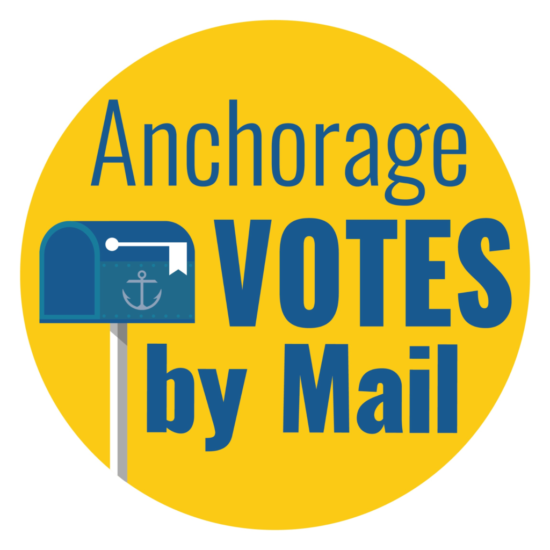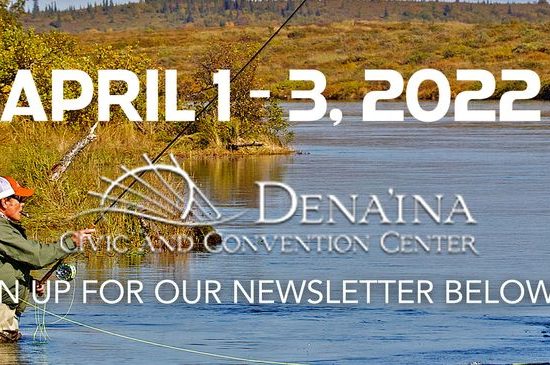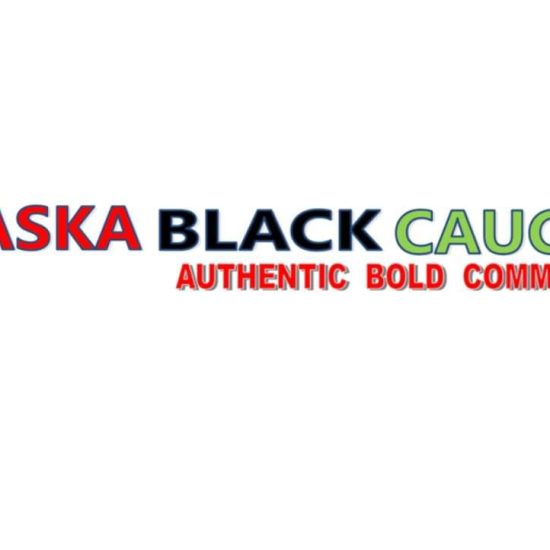
We here in Alaska have a real history of looking a gift horse in the mouth and ignoring it, instead choosing to chase the fabulous promise of the unicorn just over the other side of the hill. This has led to some horrendous economic decisions, spending federal, state, and private money freely with little in return.
A 2011 ADN piece by Craig Medred updated five years later listed the Point Mac Dairy Project, Anchorage Seafood Plant, Prinz Brau Brewery, Healy Clean Coal, Airport Railroad Depot, and dairy and barley farming as examples of this sort of foolishness.
It is the gift horses that are ignored or worse, simply declared illegal that are more problematic. Best example of this is the 1990 ban on fish farming in Alaska. This was a constitutional amendment via ballot initiative sold as a way to both increase the number of salmon available to sports fishermen but also to protect commercial fishermen from competition by fish farms. Sadly, it did neither. What it actually did was to protect commercial fishermen from competing in a burgeoning marketplace for salmon that now supplies 75% (and growing) of all salmon sold worldwide.
The economic squeeze has increasingly pitted commercial fishermen (who believe they are owed all the salmon) against sports fishermen (who believe the state constitution definition of salmon as a shared resource). In recent years we are treated to an increasingly bitter fight over a shrinking pie.
Evidence of the shrinking pie is found with the crash of king, red and coho stocks in Prince William Sound, the statewide crash in king population, the decrease in size of king, red and coho size in Cook Inlet and the Copper River, and the spectacular increase in pink salmon population in southcentral Alaska. A case can be made that the increase in pinks in the North Pacific are due to a couple billion pink fry released by Prince William Sound hatcheries every year out competing the longer-lived fish. Who benefits from this ocean ranching? Commercial fishermen.
Aquatic farming is detailed in Alaska Statute in AS 16.40.100, Article 2. Aquatic Farming. All manner of invertebrates are approved for aquaculture. So is kelp. Finfish are prohibited in AS 16.40.210, Article 3, Finfish farming prohibited. This section does not prohibit hatchery operations for aquarium or ADF&G stocking / run enhancement purposes. Commercial hatcheries are regulated earlier in the statute.
But the world continues to move on. And a new opportunity presents itself, that of fish farming warm water finfish, which wouldn’t compete with any Alaskan commercial fishermen, as Alaska is a cold water fishery. Salmon grow best 12 – 13°C. Yellowtail grow best at 20°C. Note also that the same technology can be used to farm shrimp, which would be legal under current state law.
The new technology is taking a look at farming yellowtail onshore in recirculating aquaculture systems (RAS). Yellowtail is Japanese amberjack, found between Japan and Hawaii. It is light, excellent meat, very popular in sushi and traditionally a winter delicacy. Fish farmers typically grow them to 3 – 5 kilograms. This is a small, but rapidly growing commercial market with total worldwide sales around 180,000 tons / year, about double that of a good year for Bristol Bay salmon.
A Dutch firm is building a $110 million RAS system for yellowtail in Bangor, Maine. Permits for this have been approved. They plan on a production of 6,000 – 8,000 tons of yellowtail every year. One Norwegian company rebuilding a salmon-oriented RAS system is converting to yellowtail. There is an Australian company capable of producing 6,000 tons annually.
What do we have in Cook Inlet that would support such an operation? We have plenty of energy in natural gas. We have a lot of undeveloped land on the west side of Cook Inlet. We have plenty of food for the RAS operation in terms of salmon waste. And we have a fish processing and shipping operation already in place. That operation is always looking for something to do in the offseason when the salmon aren’t running. Best of all, this wouldn’t be in direct competition with Alaskan commercial fishermen and could be used as an opening bid for participation in the global marketplace for farmed fish, a marketplace sooner or later we are going to have to participate in.
I view this as another opportunity for Alaska. And this one doesn’t even need state intervention or support. Rather, all the State of Alaska has to do is get out of the way. While I support the complete repeal of the ban on fish farming for salmon, an interim step would be in order, that of modifying the language so as to allow warm water fish farming.
Is anyone in the legislature interested in taking this up?
Addendum:
To put this all in perspective, a single Norwegian company sold more farmed salmon in 2021 ($729 million) than all Alaskan commercial fishermen sold statewide in 2021 ($644 million).
h/t Craig Medred for the pointers and assistance in putting this together.
Alex Gimarc lives in Anchorage since retiring from the military in 1997. His interests include science and technology, environment, energy, economics, military affairs, fishing and disabilities policies. His weekly column “Interesting Items” is a summary of news stories with substantive Alaska-themed topics. He was a small business owner and Information Technology professional.











